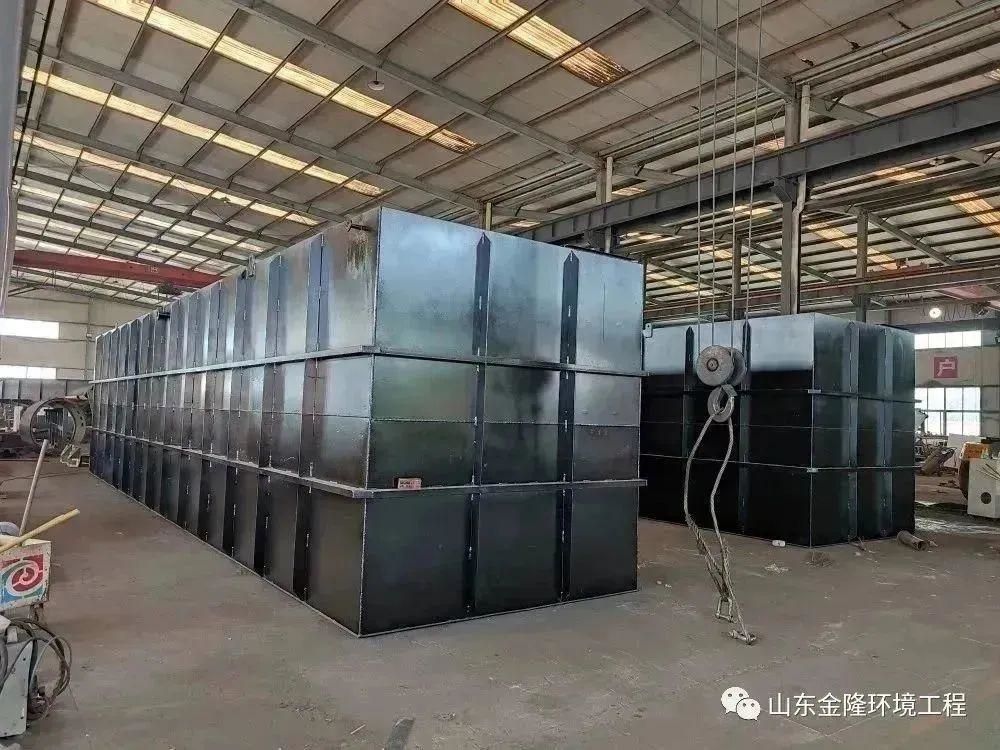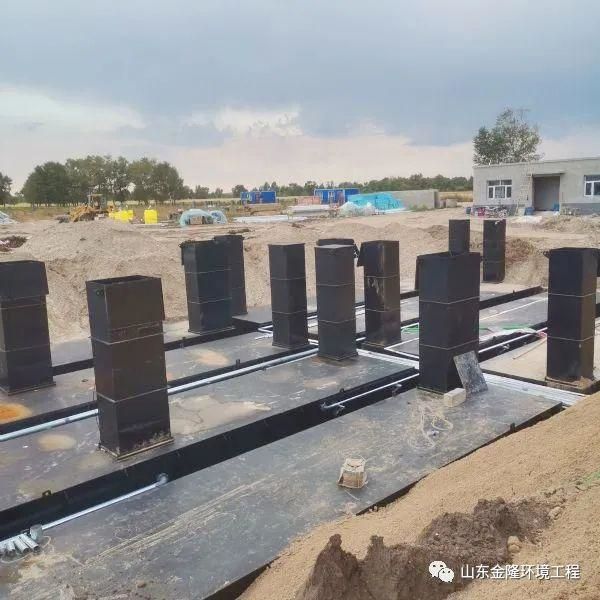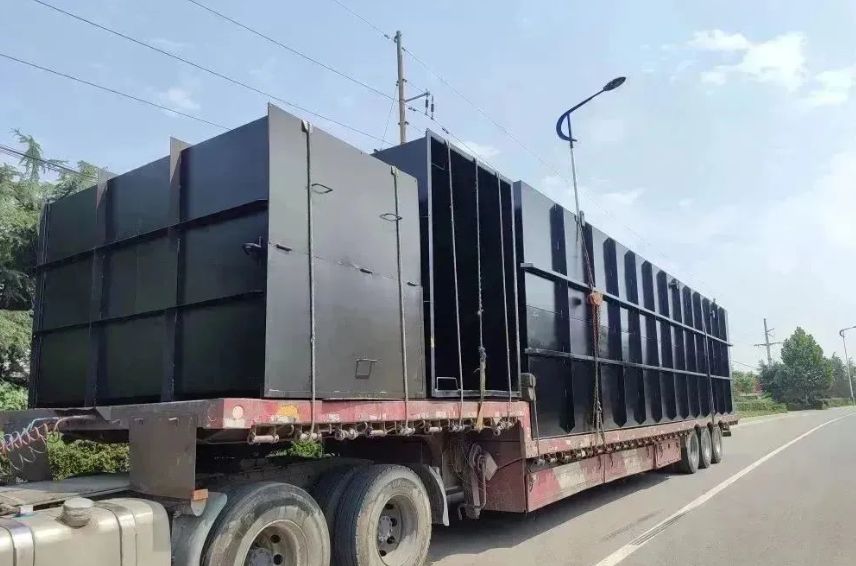The urban and rural domestic sewage treatment equipment device is a modular and efficient sewage biological treatment equipment, which is a sewage biological treatment system with biofilm as the main purification body. It fully utilizes the characteristics of biofilm reactors such as anaerobic biofilters and contact oxidation beds, such as high biological density, strong pollution resistance, low power consumption, stable operation, and easy maintenance, making the system have broad application prospects and promotion value.
The concentration of rural residents is not as high as that of cities, and the intensity of domestic sewage production is lower than that of cities. Rural financial resources are weak, and farmers' income is low. Therefore, it is necessary to encourage the adoption of diversified domestic sewage treatment technologies that are economical, simple, effective, and as much as possible combined with local agricultural production to achieve harmless treatment and resource utilization of sewage.
The removal of organic pollutants and ammonia nitrogen by urban and rural domestic sewage treatment equipment mainly relies on the AO biological treatment process in the equipment. The working principle of the A-level tank is that due to the high concentration of organic matter in the sewage, the microorganisms are in a state of hypoxia. At this time, the microorganisms are facultative microorganisms. Therefore, the A-level tank not only has a certain function of removing organic matter, reducing the organic load of the subsequent aerobic tank, and reducing the concentration of organic matter, but there is still a certain amount of organic matter and high NH3-N. In order to further oxidize and decompose organics, and nitrification can be carried out smoothly under carbonization, aerobic biological contact oxidation tank with lower organic load is set at Level O. In the O-level tank, there are mainly aerobic microorganisms and autotrophic bacteria (nitrifying bacteria). Aerobic microorganism decomposes organics into CO2 and H2O: autotrophic bacteria (nitrifying bacteria) use inorganic carbon generated from organic decomposition or CO2 in the air as the nutrient source to convert NH3-N in sewage into NO-2-N, NO-3-N, and the effluent part of O level pool returns to A level pool to provide electronic acceptor for A level pool, and finally eliminate nitrogen pollution through denitrification.
Post time: May-20-2023


